
If you have a good pair of hiking boots and woolen socks, you’re ready to hike — mostly. You know how cold or hot it might get in your region, how much rain you might expect, and how hard the sun is going to beat down on you.
These considerations are even more important when hiking in other regions. The weather in Florida is hot and humid, while the weather in New Mexico will by hot, dry, and maybe colder at night. Taking to the trails in the Pacific Northwest means staying warm and dry in the temperate rainforest, while
Differences in climate mean making different preparations for your time on the trail. It means having the right hiking gear and carrying the right amount of water to ensure your hike is enjoyable and safe. Here is some of the gear and
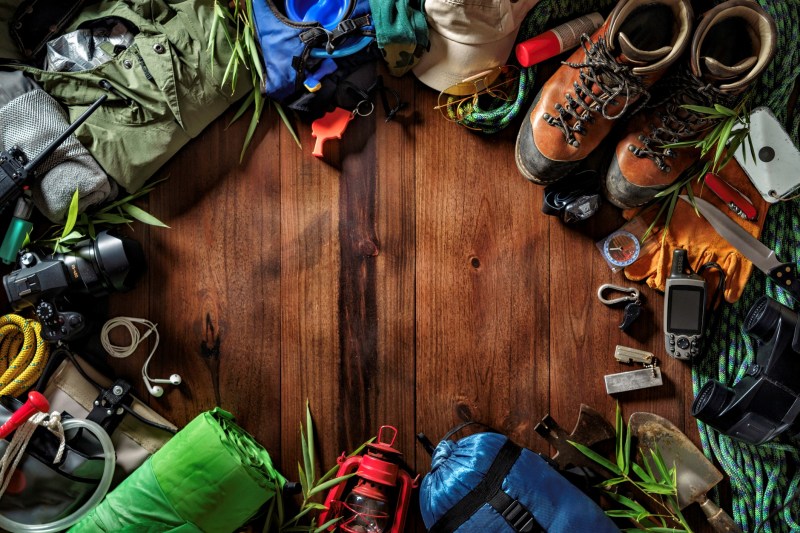
What you need on any hike
In any climate, hikers should ensure they have
It is also important to have shoes and socks made for hiking. The shoes support your ankles and the soles of your feet, and the socks keep your feet from getting moist as you sweat from activity. Sneakers and cotton socks do not provide this protection and will make any hike uncomfortable.
Since all three of these items are needed on any hike, the discomfort and pain not having them will be amplified in a more varied climate.
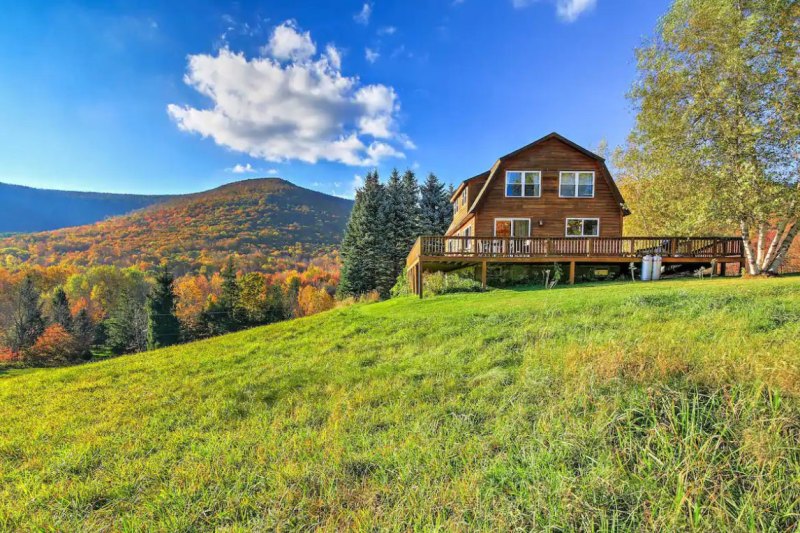
Temperate climates
Temperate climates can be found all over the country in places as varied as central California, New York, and central Missouri.
Since temperate climates are mild, with spring and summer around the same temperatures and summers and winters that aren’t excessive, these regions serve as a great foundation from which to base your packing list for more varied trails.
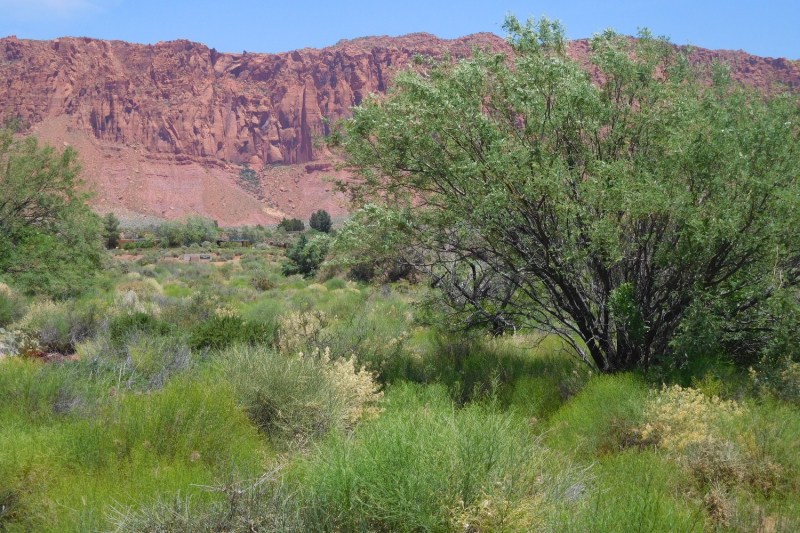
In the desert
The desert can be deceptive because many people think of deserts as hot, but Antarctica is considered a desert. Even the sandy scrub of the Grand Enchantment Trail between Arizona and New Mexico can get very cold at night after being scorching all day.
- The most important pieces of hiking gear for the desert are a good wide-brimmed hat and a hydration pack to sip water from as you go. The hat should have a wide brim to cover the back of your neck, which could be badly burned if you’re wearing a baseball cap.
- Staying hydrated in the desert is simpler with a hydration pack with a straw you can keep nearby, although that doesn’t mean you shouldn’t bring your trusty water bottle to moisten your face or sip from.
- Salt tablets or electrolyte power should also be in your kit on the desert trail to ensure you don’t dilute the salts in your body with all the water you should be drinking.
- If you’re planning on camping, pack for the cold — desert nights can be as much as 30 degrees cooler than the daytime.
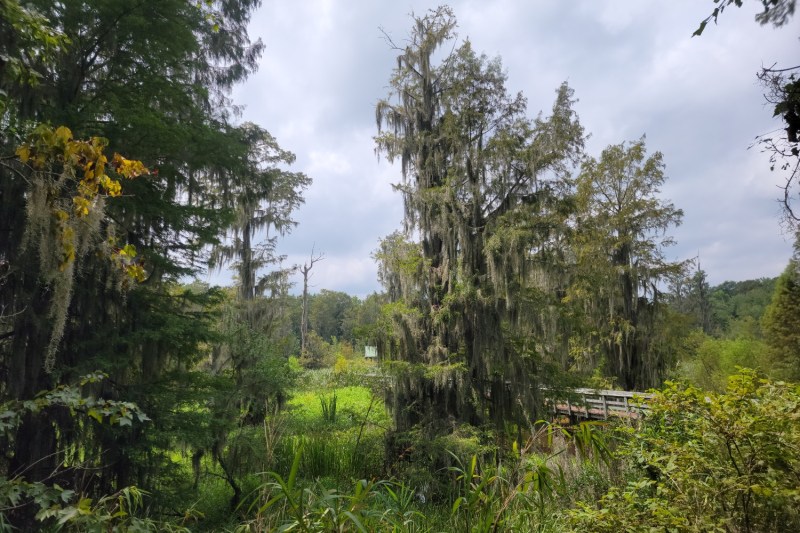
Humidity
When the air is humid, such as in the Southeast and Northwest, it can seem as though everything is wet. This can trick hikers into not drinking as much because even the air is wet.
- A hydration pack can be as handy in humid conditions as it can in more arid climates.
- It’s also important to wear hiking clothes that cover your entire body. Light, long-sleeved shirts and hiking pants with plenty of wicking are still standard, even when the air feels oppressive, because you’re going to sweat a lot in the humidity. Wool and synthetic fabrics will keep you dry.
- If the trail is humid and cold, it’s important to wear layers because if your skin starts to feel sweaty, you can remove a layer to keep your body temperature regulated.
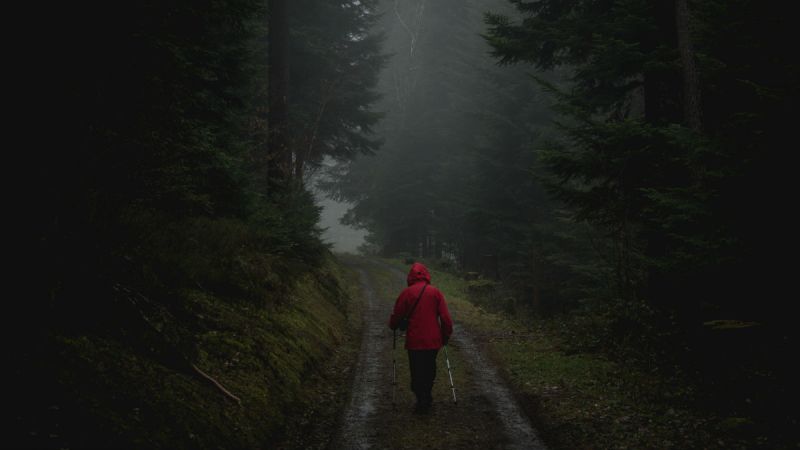
When it’s wet
The rain isn’t always a deterrent for a hike, even if it creates deep puddles and fills creek beds. The key to
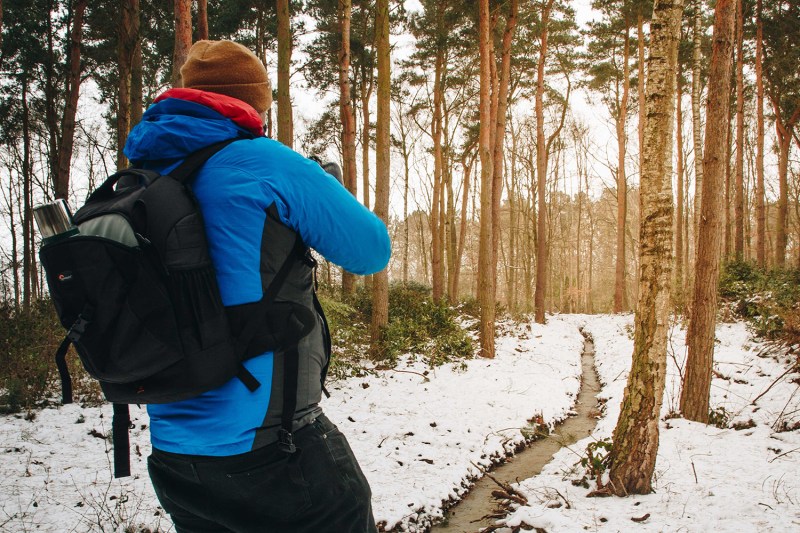
Ice and snow
A winter hike is almost like trekking into another world of majestic ice and snow. Keeping warm is of the highest importance to prevent frostbite and hypothermia, and
The right hiking gear for your trail
Some
Editors' Recommendations
- The secret to a successful hike? Choosing the right hiking underwear
- Hiking in hot weather: The essential rules everyone should follow
- The ultimate packing list for summer camping (so you’ll never forget a thing!)
- These are the 5 best hiking apps for your outdoor adventures
- Gear up for the trail this summer with the best hiking pants for men




